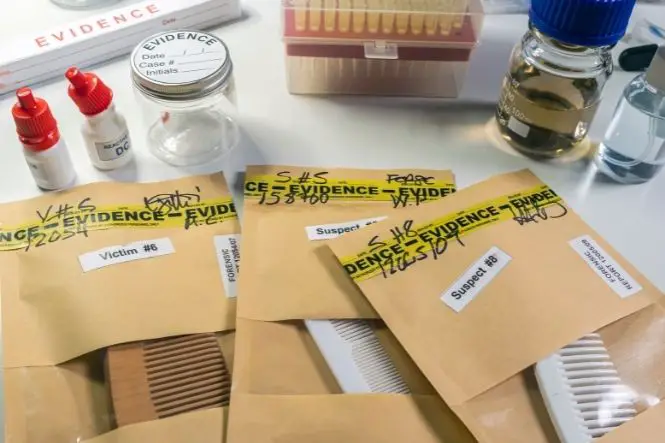The most important element of any case against a suspected criminal is the forensic evidence. In the past much was made of eye witness accounts of a crime but now – as technology evolves – the eye witness is the evidence left at the scene of a crime by the perpetrator before he or she flees: here we look at how that evidence is used to build a case against the criminal that will pass jury muster.
Fingerprint Evidence
Fingerprints are unique to each and every one of us; they cannot be forged or copied and they cannot be altered to appear as someone else’s. Many criminals tend to wear gloves to disguise their fingerprints in an attempt to throw the law enforcement agencies off the scent as it were but a great number of crimes that are committed are ‘opportunistic’ meaning that they have been committed on a spur of the moment and that fingerprints are often found.
Fingerprint evidence is not only important as a means of identifying a suspect but also as a means of proving the suspect’s presence at the scene of a crime especially if the scene of the crime is somewhere he or she may not have had any reason to be.
Hair and Fibres
Again hairs are something that is unique to each of us and the presence of our hair at the scene of a crime can be a great source of evidence. Our hair also contains strands of our DNA (the unique genetic code that identifies each of us individually) and this DNA – just like fingerprints – is something that cannot be duplicated or forged so the presence of such can only seek to prove that the individual in question was present.
Fibres also are useful as a means of identification especially if the offender has been wearing a particular kind of shirt, jumper, coat etc which may have woven fibres or fabric that are unique to a particular brand or style.
Computer Evidence
Many crimes are now committed using computers, the Internet and computer technology – much of which creates its own set of logs and transcripts that are hidden away for only the most expert to find. Those who commit computer crime such as online banking fraud etc often find it difficult to dispose of their cyber trail even though for the most part they think that they have.
Specialist computer experts – forensic computer technicians – can reconstitute wiped hard drives and reassemble erased files in order to build up a detailed picture of the suspect’s online activities. This is also useful if the suspect is considered to be involved in the production or distribution of child pornography.
DNA Evidence
As we touched upon earlier DNA is a specific kind of evidence that cannot be altered, manipulated or forged in any way. Within each of us we have specific DNA that when collected from a crime scene and that tested against a sample taken from the individual later nearly always matches. This genetic fingerprint is now widely recognised as one of the most accurate ways in which to identify a suspect after he or she has fled the scene of a crime.
It is also useful to note that the evidence presented before a jury at any criminal trial also has to stand up to the scrutiny of the Crown Prosecution Service and the Department of Public Prosecutions before it can be admissible as evidence. If either of these organisations feel that the evidence is not one hundred per cent useful then it cannot – and will not – be allowed to be submitted for use in a trial.


